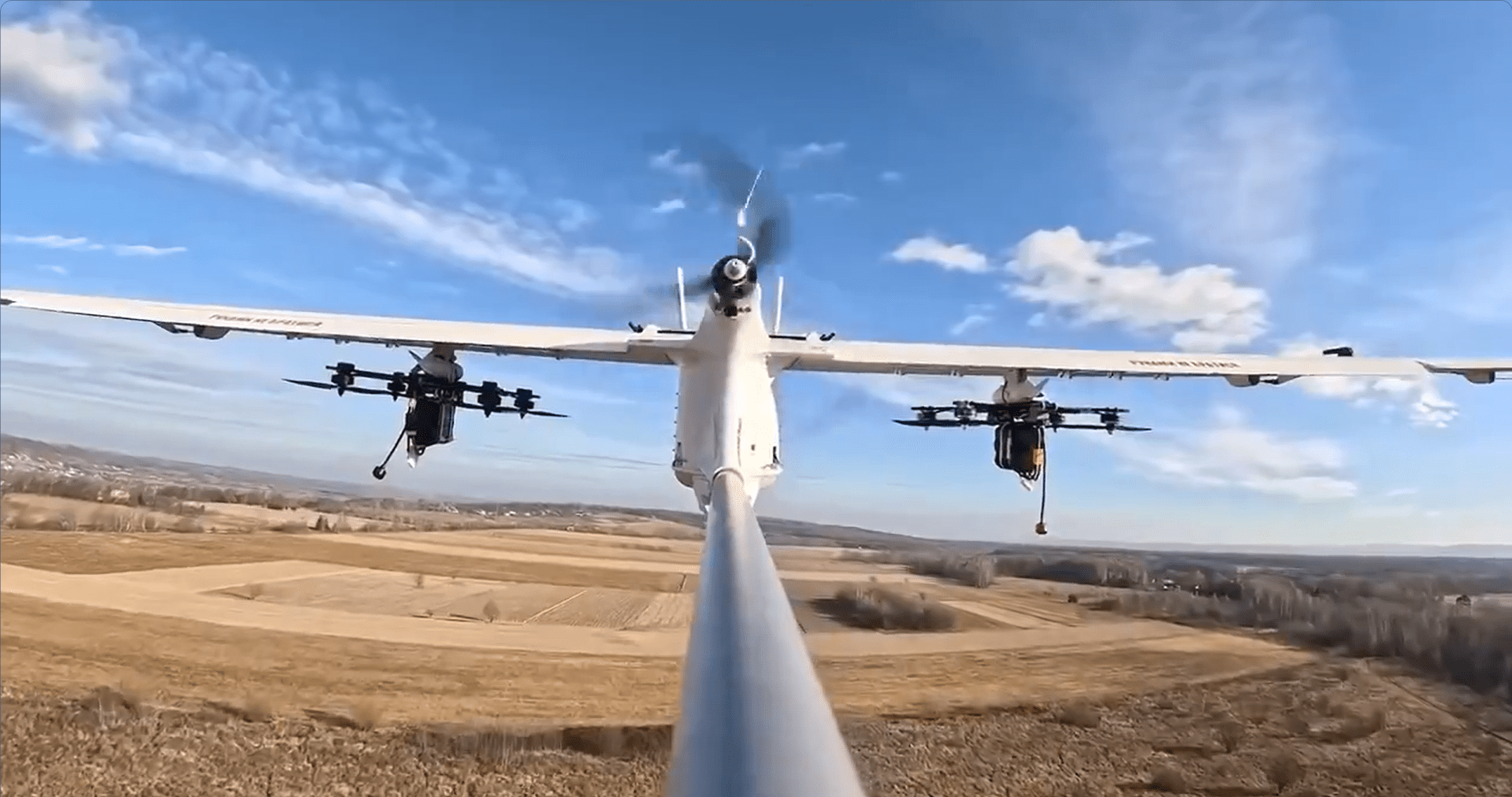The Rise of Russian Drones and Global Security Implications

Introduction
The development and deployment of drone technology by the Russian military have become increasingly significant in the context of modern warfare.
As drones offer advantages in surveillance, reconnaissance, and even combat, their proliferation raises important questions about aerial dominance and the nature of future conflicts.
Current Developments
Recent reports indicate that Russian defence capabilities have expanded with the incorporation of advanced drone systems, notably following their operations in Ukraine. The use of drones in this conflict has demonstrated their effectiveness in providing real-time intelligence and executing strikes with precision. From reconnaissance machines to combat drones, the Russian military is making strides that could influence global military strategies.
According to analysts, the Russian military has invested heavily in both indigenous drone manufacturing and acquisition of foreign technology. In particular, drones like the Orlan-10 and the heavier attack versions are being deployed in increased numbers. These systems allow for continuous surveillance over the battlefield, significantly altering the tactical landscape.
International Reactions
The rise of Russian drone capabilities has prompted reactions from NATO and other nations concerned about security implications. In recent meetings, military leaders have discussed countermeasures and strategies to address the growing threat posed by unmanned aerial vehicles in the hands of adversaries.
Additionally, nations such as Ukraine have sought to strengthen their drone programs, increasingly engaging in drone warfare. This arms race raises questions about the effectiveness of existing treaties and international regulations on drone use, putting pressure on global governance to adapt to these new capabilities.
Conclusion
The ongoing advancements in Russian drone technology illustrate a shift in how warfare could be conducted going forward. The implications extend beyond traditional military engagements, as drones might also play a role in shaping international relations, influencing conflict resolution, and creating new security protocols.
As nations adapt to these developments, the question arises whether a global consensus can be reached to regulate drone use effectively. With continued investment and innovation, the significance of Russian drones will likely persist as a topic of concern and discussion among military analysts and policymakers worldwide.
